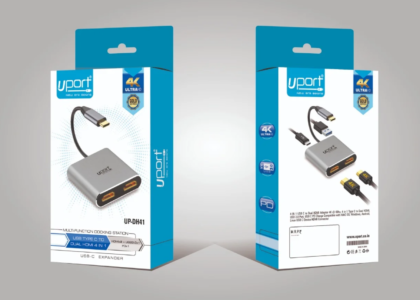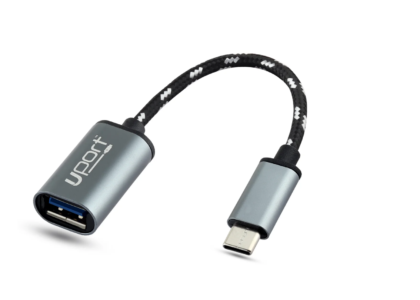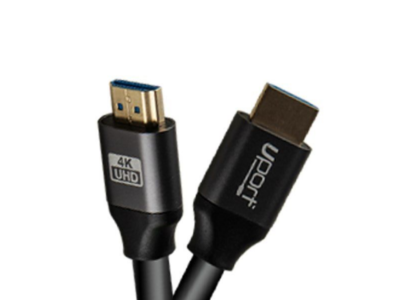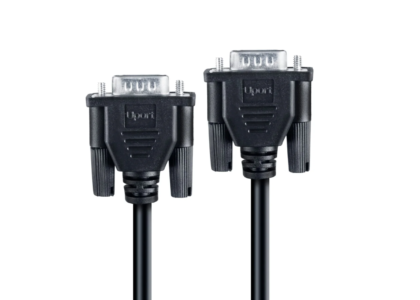In the era of high-speed internet and interconnected devices, Ethernet cables remain a cornerstone of reliable network connections. Whether for home, office, or industrial applications, understanding Ethernet cables is crucial for optimizing network performance. This comprehensive guide delves into what Ethernet cables are, their types, uses, and why they are essential for robust network connectivity.
What are Ethernet Cables?
Definition
Ethernet cables are a type of network cable used for wired connections between devices in a local area network (LAN). They enable data transmission through electrical signals, connecting devices such as computers, routers, switches, and more.
Importance
While wireless connections offer convenience, Ethernet cables provide stability, speed, and security. They are less prone to interference and latency issues, making them ideal for tasks that require high bandwidth, such as streaming, gaming, and large file transfers.
Types of Ethernet Cables
Ethernet cables come in various categories, each designed to support different speeds and bandwidth capacities. Here’s an overview of the most common types:
Category 5e (Cat5e)
Overview: An enhancement of the original Cat5, Cat5e cables are designed to reduce crosstalk and handle speeds up to 1 Gigabit per second (Gbps).
- Speed: Up to 1 Gbps
- Frequency: 100 MHz
- Use Case: Suitable for most home and office networks
Category 6 (Cat6)
Overview: Cat6 cables offer higher performance compared to Cat5e, with improved insulation to reduce interference.
- Speed: Up to 10 Gbps over short distances (up to 55 meters)
- Frequency: 250 MHz
- Use Case: Ideal for professional environments and gaming setups
Category 6a (Cat6a)
Overview: An augmented version of Cat6, Cat6a cables are designed to maintain higher speeds over longer distances.
- Speed: Up to 10 Gbps
- Frequency: 500 MHz
- Use Case: Suitable for data centers and enterprise networks
Category 7 (Cat7)
Overview: Cat7 cables offer even better shielding and performance, suitable for high-speed data transfer over long distances.
- Speed: Up to 10 Gbps
- Frequency: 600 MHz
- Use Case: Future-proofing networks and high-performance applications
Category 8 (Cat8)
Overview: The latest in Ethernet cable technology, Cat8 cables are designed for the highest performance needs.
- Speed: Up to 40 Gbps
- Frequency: 2000 MHz
- Use Case: Data centers, server rooms, and high-frequency trading networks
How Ethernet Cables Work
Ethernet cables use twisted pair wiring to transmit data. The twisting of the wires reduces electromagnetic interference (EMI) from external sources and crosstalk from neighboring pairs. Here’s a breakdown of how they work:
Structure
- Conductors: Typically made of copper, these conductors carry the electrical signals.
- Insulation: Each conductor is insulated to prevent interference.
- Shielding: Higher category cables may include additional shielding to protect against EMI.
- Connectors: Ethernet cables typically use RJ45 connectors to plug into devices.
Data Transmission
Data is transmitted over Ethernet cables in the form of electrical pulses. The speed and reliability of data transmission depend on the cable category, the quality of the cable, and the distance of transmission.
Uses of Ethernet Cables
Home Networks
Ethernet cables are commonly used to connect home routers to computers, gaming consoles, smart TVs, and other devices. They ensure stable and fast internet connections, crucial for streaming and gaming.
Office Networks
In offices, Ethernet cables form the backbone of network infrastructure. They connect computers, printers, and other peripherals to the network, supporting seamless communication and data transfer.
Data Centers
Data centers rely on high-performance Ethernet cables to handle vast amounts of data. Cat6a, Cat7, and Cat8 cables are commonly used for their ability to support high speeds over longer distances.
Industrial Applications
Industries use Ethernet cables for automation and control systems. These cables support reliable and real-time data transmission, essential for operational efficiency.
Choosing the Right Ethernet Cable
Speed Requirements
Consider the maximum speed you need. For typical home use, Cat5e or Cat6 cables are sufficient. For high-speed applications like gaming or video editing, Cat6a or Cat7 might be more appropriate.
Distance
The distance between connected devices can affect performance. Higher category cables like Cat6a and Cat7 support faster speeds over longer distances.
Environment
In environments with high EMI, such as industrial settings or data centers, choose cables with additional shielding like Cat7 or Cat8.
Future Proofing
If you plan to upgrade your network in the future, investing in higher category cables now can save you from having to replace cables later.
Installation Tips
Proper Handling
Avoid bending Ethernet cables sharply or pulling them forcefully. This can damage the internal wiring and degrade performance.
Cable Management
Use cable management solutions like clips, trays, and sleeves to keep cables organized. This not only improves aesthetics but also helps in maintaining the integrity of the cables.
Testing Connections
After installation, use network testing tools to ensure all connections are working correctly. This helps identify and rectify any issues early on.
Conclusion
Ethernet cables are an essential component of any reliable network infrastructure. From basic home setups to complex data centers, choosing the right Ethernet cable can significantly impact performance and reliability. Understanding the different types of Ethernet cables, their uses, and how they work will help you make informed decisions to optimize your network connectivity.
For those looking to enhance their network setup, investing in quality Ethernet cables is a wise choice. They provide the stability, speed, and security needed to support today’s high-bandwidth applications. As technology continues to evolve, Ethernet cables will remain a vital part of ensuring seamless and efficient communication across devices.
By understanding the nuances of Ethernet cables, you can build a network that meets your current needs and is prepared for future advancements. Whether you’re setting up a simple home network or a sophisticated enterprise system, the right Ethernet cables will ensure your data flows smoothly and reliably.






